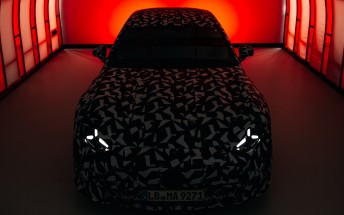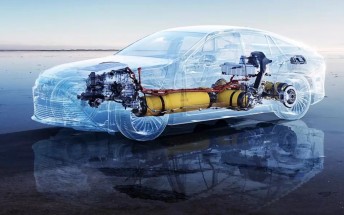The name of the new USB standard changes to USB 3.2 Gen 2x2

The tech industry has a chronic problem when it comes to naming things – it starts confusing and keeps getting worse. This brings us to USB 3.2 Gen 2x2. The standard was announced in 2017 but this change in branding is a new plot twist.
USB 3.1 is no more, just like USB 3.0 doesn’t exist. Instead there’s USB 3.2 Gen 1 (5Gbps, formerly USB 3.0), USB 3.2 Gen 2 (10Gbps, USB 3.1 originally) and USB 3.2 Gen 2x2. So not only is the USB-IF erasing the names of the old standards from existence, it can’t even count up to 3 without getting weird.
Okay, in some ways it makes sense. USB 3.2 Gen 2x2 is “Gen 2” times 2, in other words 10Gbps x 2. Plus, any USB 3.2 port should support the new refinements to the standard, even if it does only 5Gbps.
| Standard | Speed | Original name |
| USB 3.2 Gen 1 | 5Gbps | USB 3.0 "SuperSpeed" |
| USB 3.2 Gen 2 | 10Gbps | USB 3.1 "SuperSpeed+" |
| USB 3.2 Gen 2x2 | 20Gbps | USB 3.2 "SuperSpeed+" (note: not ++) |
The good news is that it doubles the maximum speed of the previous standard, reaching up to 20Gbps. That’s mightily impressive over a single USB-C cable. This is achieved by borrowing some of t he wires typically reserved for other protocols that use the USB-C connector (e.g. Thunderbolt).
You don’t even need new cables – old 5Gbps cables will do 10Gbps when connecting two compatible devices (this is USB 3.2 Gen 1x2 mode, because of course it is). 10Gbps cables will be able to run at the full 20Gbps speed.
Source (PDF)
Related
Reader comments
- abigfanoftechs
- 02 Mar 2019
- pLY
I think the IP is free but the chip to control isn't free. I think you have to buy that from Intel, no?
- Blutbad-fuchsbau
- 02 Mar 2019
- XUJ
but but but..... There's normally just 1, or in rare cases, 2 nvme slots for those m.2 SSDs, whereas you get 4x SATA 3 ports on one mobo, and 6x in high end mobos. If only the new generation of Ryzen/Intel mobos come with at least 4 nvme ports i...
- Anonymous
- 01 Mar 2019
- 81X
PCIE 4x NVMe is here now, just get a controller card and ditch the SATA.








 Samsung
Samsung Xiaomi
Xiaomi Samsung
Samsung Sony
Sony Xiaomi
Xiaomi


